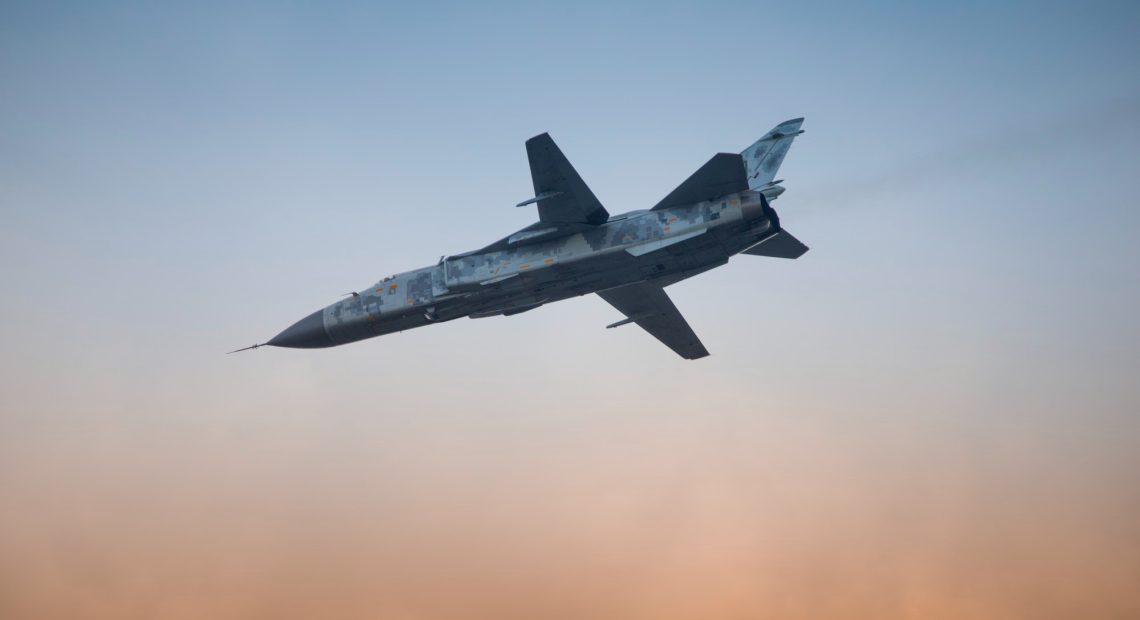
India Explores Risk-Sharing Model for Fifth-Gen Fighter Jet
India is actively considering a risk-sharing partnership model to accelerate the development of its ambitious fifth-generation fighter jet program, Advanced Medium Combat Aircraft (AMCA). The initiative aims to enhance indigenous defense manufacturing capabilities while leveraging international expertise to meet the country’s evolving security needs.
A Step Toward Self-Reliance
The fifth-generation fighter jet program is a cornerstone of India’s ‘Atmanirbhar Bharat’ (self-reliant India) initiative, aiming to reduce dependence on foreign defense imports. The AMCA, designed by the Aeronautical Development Agency (ADA) in collaboration with Hindustan Aeronautics Limited (HAL), is envisioned as a stealth-capable, multi-role aircraft equipped with cutting-edge technologies.
To realize this vision, the Indian government is exploring a risk-sharing model that invites both domestic and international partners to invest in the program. Such collaborations would not only share the financial burden but also accelerate the timeline for development and deployment.
International Partnerships on the Horizon
India has reportedly been in talks with several global defense firms to collaborate on key aspects of the AMCA program. Potential areas of partnership include the development of advanced avionics, stealth technology, propulsion systems, and weapons integration.
An official source remarked, “The risk-sharing model ensures that all stakeholders have a vested interest in the program’s success, while India retains control over critical technologies and intellectual property.”
Challenges and Opportunities
While the AMCA project promises to bolster India’s defense capabilities, it comes with its set of challenges. Developing a fifth-generation fighter jet requires significant financial investment, advanced technological expertise, and a robust industrial base. The risk-sharing model is seen as a practical approach to addressing these challenges while fostering innovation and efficiency.
Additionally, the program represents an opportunity for India to establish itself as a global hub for advanced aerospace technology. By engaging with international partners, India can not only gain access to cutting-edge technologies but also enhance its ability to export defense equipment to friendly nations.
Strengthening India’s Defense Ecosystem
The AMCA program is expected to create a ripple effect across India’s defense ecosystem, generating employment and boosting the local supply chain. With an emphasis on indigenization, the project aligns with the government’s broader goal of achieving self-reliance in defense production.
The Path Ahead
The risk-sharing partnership model underscores India’s commitment to modernizing its defense capabilities while maintaining strategic autonomy. As discussions with potential partners progress, the AMCA program is poised to play a transformative role in shaping the future of India’s aerospace and defense sectors.
By integrating cutting-edge technology and fostering international collaboration, the fifth-generation fighter jet program is set to enhance India’s position as a global defense powerhouse while addressing its security needs in an increasingly complex geopolitical landscape.


















